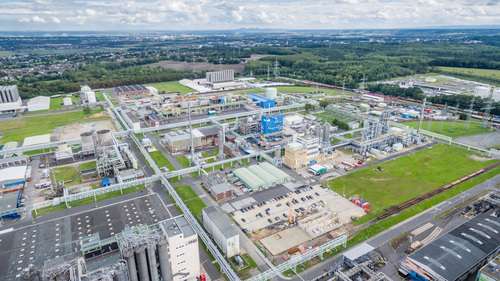Clariant doubles its production capacity for environmentally compatible flame retardants
Muttenz – The Swiss specialty chemicals company Clariant as a world leader in environmentally compatible, non-halogenated flame retardants, is investing a double-digit million sum and doubling its production capacity for these products with the opening of a second plant at the Hürth-Knapsack site near Cologne, Germany. With this development the company will meet the demand for Exolit® flame retardants, which has risen significantly since their market launch in 2004. At present Clariant is extending the Exolit product range with new products such as reactive flame retardant systems for electronic materials. In particular, innovative flame retardants are used in smartphones, laptops, and aircraft parts, and also in upholstered furniture, carpets, textiles, fixative foams, and construction materials.
Categories
Investments
2011-01-01
at Chemiepark Knapsack (DE) Investment detailsCountries
Companies
Latest news
Lilly plans to build a new $3 billion facility to boost oral medicine manufacturing capacity in Europe for patients worldwide
Netherlands site will bring 500 manufacturing and 1,500 construction jobs while further strengthening Lilly's global supply chain
Ports of Duisburg and Rotterdam advance energy transition together
Port of Rotterdam →With this LoI, the two major European logistics hubs reinforce their goal of jointly developing sustainable transport corridors via waterways as well as future-oriented initiatives for the energy t...
BASF constructs new electronic grade ammonium hydroxide plant in Ludwigshafen
BASF SE, Ludwigshafen →State-of-the-art facility to support the development of the advanced European semiconductor industry. New capacity meets growing demand for the manufacturing of chips in Europe
SynPet Technologies to bring emerging technology in plastics recycling to the Port of Antwerp-Bruges
Port Of Antwerp →SynPet Technologies is investing €300 million in an innovative facility that converts all types of plastics into a circular naphtha substitute without pre-treatment and with efficient conversion ra...

